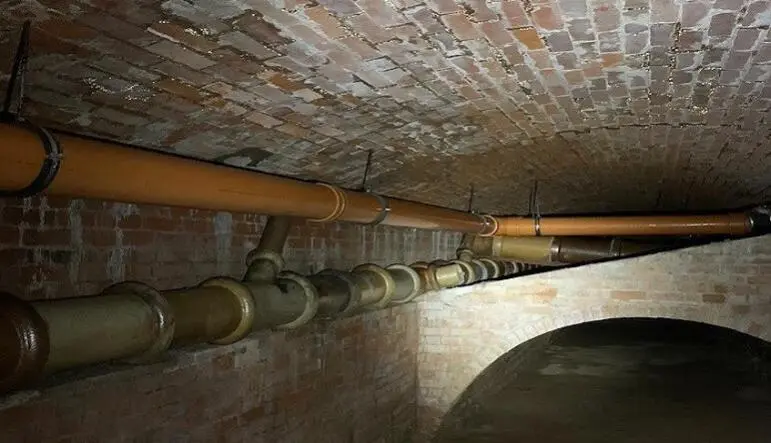 Add My Company
Add My Company
Sign In
Modern Drainage Systems; Inspired by Romans
13-07-2023

Most modern-day drainage systems have been inspired or influenced by the complex system that the Ancient Romans used to use. Romans had ‘latrines’ composed of a wooden board with holes cut out to act as a toilet seat; below these ‘latrines’ was a giant trench with water that, when flushed, ran to a central channel to the main sewers; these then discharged to a nearby river or stream.It is presumed that between 800 and 750 BC, the first-ever sewers of ancient Rome were built. Although these were more for removing underground water and surface drainage whilst the drainage systems were built to initially drain marshes and storm runoffs rather than the complex system we know today. It wasn’t until ‘Cloaca Maxima’ was created in fourth century BC that the sewerage system – as a whole, took off. The original purpose of Cloaca Maxima or Greatest Sewer was to drain low-lying lands around the Forum.Although the sewers of Rome were more advanced than others in that era, it was not unusual for people to throw their waste out of their windows onto the streets; eventually, a law was created to protect bystanders from assault via thrown waste. The law forced the person who threw the waste to pay damages to whoever they hit if they received an injury. Enforcement of the law only occurred during the daytime, as no one could use the lack of light as an excuse for injuring others through carelessness.Since early times, to drain away rainwater – and in a bid to imitate Etruscans – the Romans created underground channels; these prevented precious top-soil from being washed away. They also drained swamps using ditches and drained marshy areas by digging up subterranean channels. Eventually, the Romans expanded most of their sewers and some of their drains to link with Cloaca Maxima which then ran and emptied to the Tiber River.Around the time of AD 100, Roman homes were starting to be directly connected to the sewers, with most of the sewer infrastructure being completed. Throughout the city of Rome, sewers were being laid out to serve private and public latrines, and to be used as a dumping ground for those not yet connected to the sewers, however, it was the wealthier citizens whose latrines were connected directly to the sewers, this was done using outlets which ran underneath an extension of the latrine.For those who didn’t have the advantage of wealth, they used pots that they were then supposed to empty in the sewer, or they used public latrines. These latrines, however, had little to offer in terms of privacy and became one of the places to socialize, most of the time the use of these were free but others required a small charge to be made. Public latrines date back to the second century BC. Using public bathwater, Romans recycled this to become part of the flow that flushes latrines down to the sewer system.Contact Drain 247 for Modern Drainage Services in London & HertfordshireIf you require sewer cleaning services, then please contact our drainage experts. With years of experience and knowledge, we have built an outstanding reputation by consistently providing our customers with a first-class service that places an emphasis on quality and safety.Call us on 0800 612 8038 or you can complete our quick enquiry form to get your free, no-obligation quote.
For more information on Modern Drainage Systems; Inspired by Romans talk to Drain 247
Enquire Now
More Blogs
List your company on FindTheNeedle.

